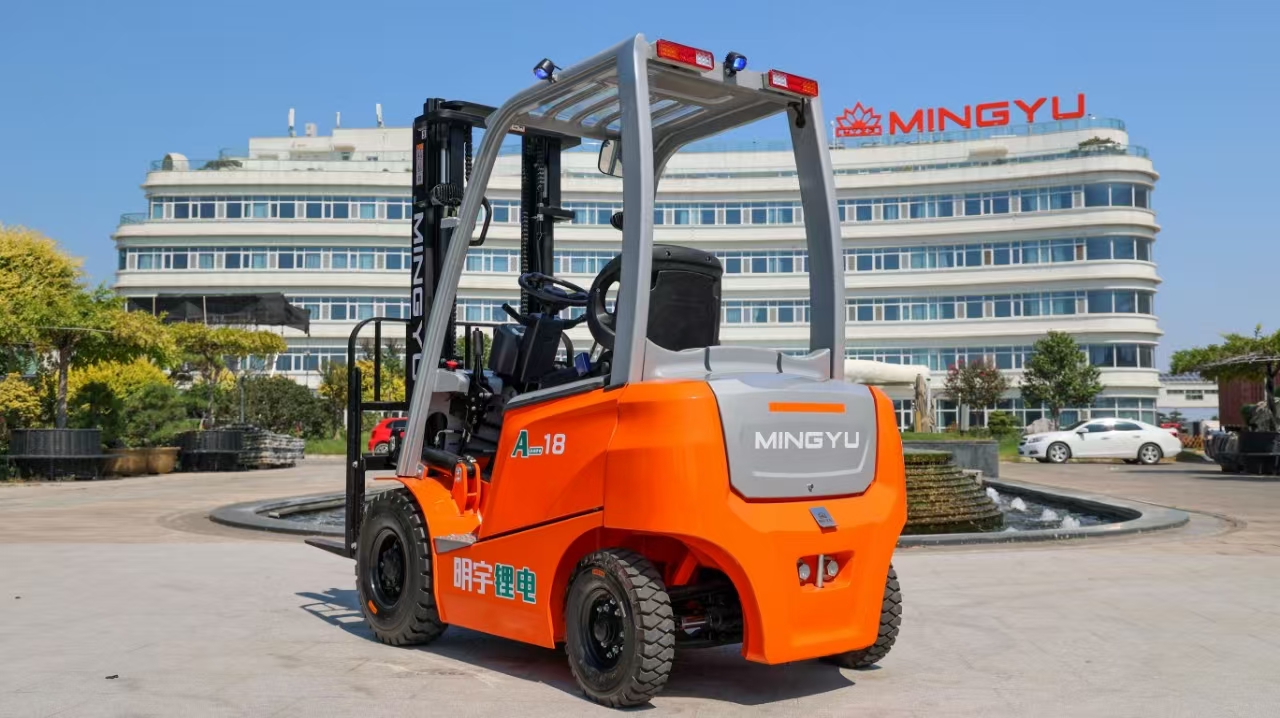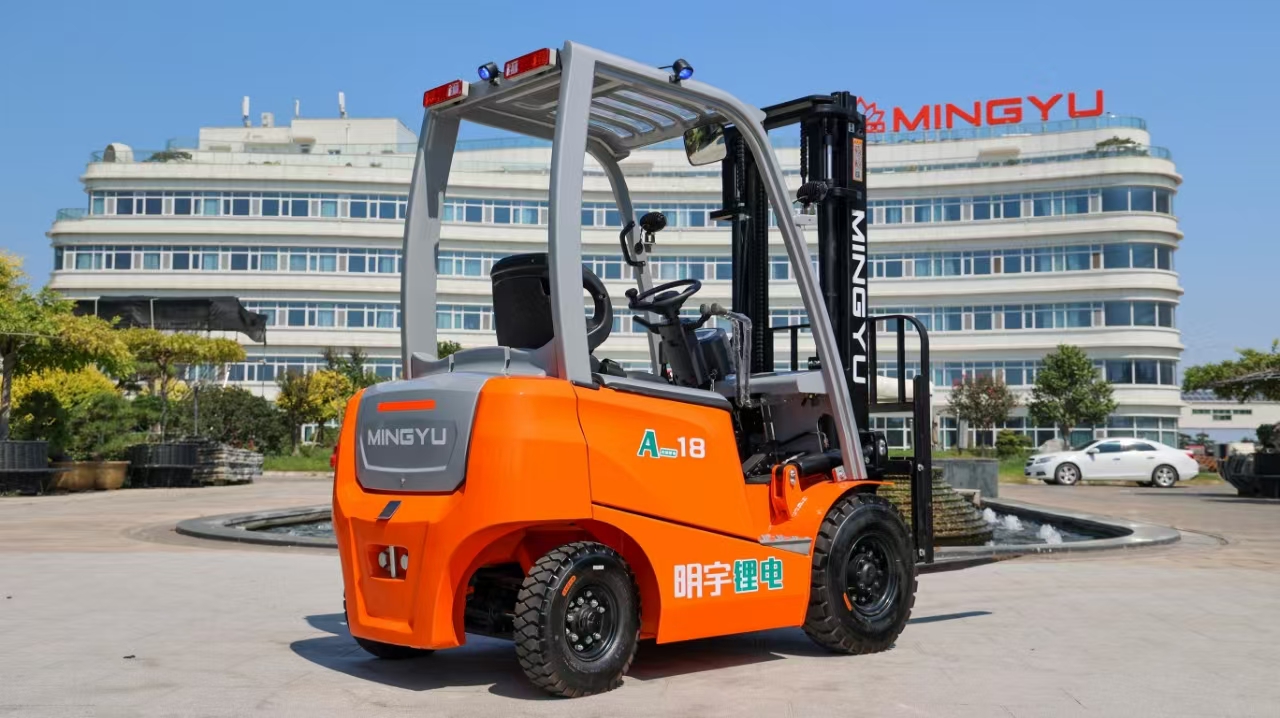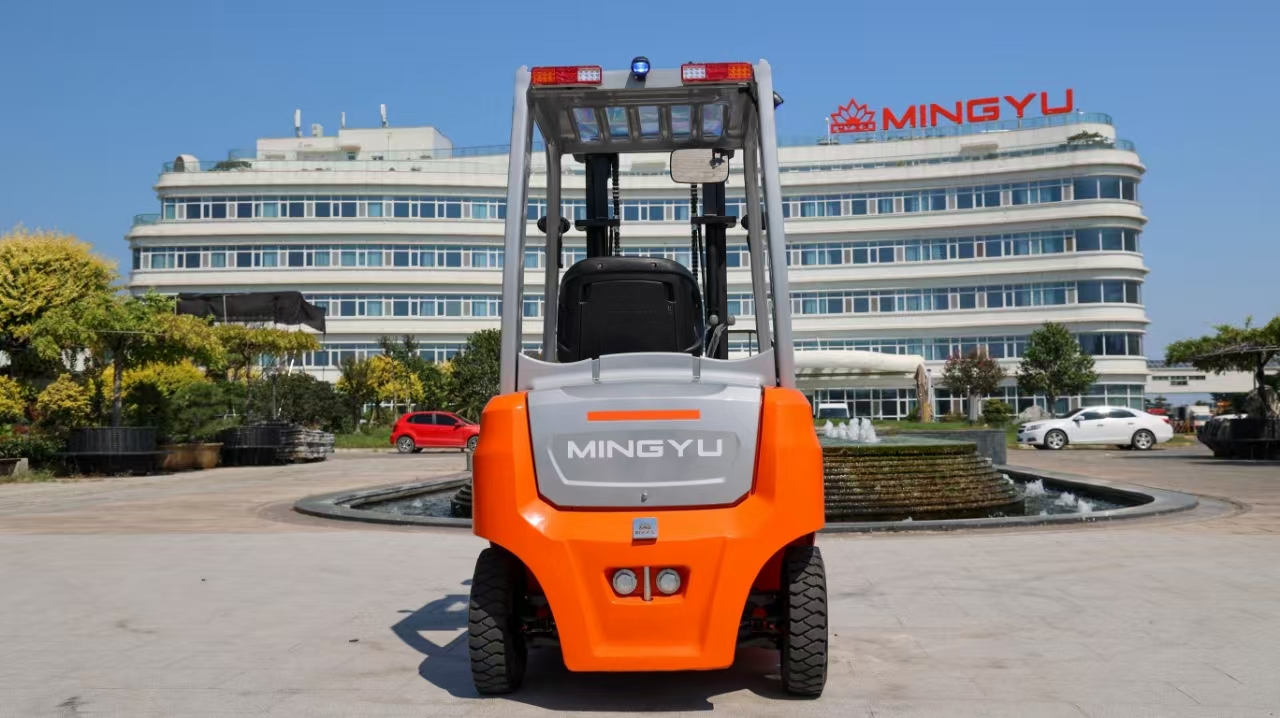How to Get a Forklift License/Certification?
1. Introduction
Operating a forklift is a skilled job that requires specific training and certification to ensure safety in the workplace. Whether working in a warehouse, construction site, or manufacturing facility, forklift operators must be properly licensed to comply with local regulations and reduce the risk of accidents. This article will provide a comprehensive guide on how to obtain a forklift license, the steps involved, and why certification is crucial for both employees and employers.
2. Who Needs a Forklift License?
Anyone who operates a forklift in a professional setting is legally required to have a forklift license or certification. This includes employees in industries such as logistics, construction, retail, and manufacturing. Employers are responsible for ensuring that all forklift operators are certified and competent. Typically, individuals must be at least 18 years old and in good physical health to be eligible for certification.
3. Types of Forklift Licenses/Certifications
There are different classes of forklifts, and the type of certification needed depends on the type of equipment used:
Class I: Electric motor rider trucks
Class II: Electric motor narrow aisle trucks
Class III: Electric motor hand trucks or hand/rider trucks
Class IV: Internal combustion engine trucks with solid (cushion) tires
Class V: Internal combustion engine trucks with pneumatic tires
Class VI: Electric and internal combustion engine tractors
Class VII: Rough terrain forklift trucks
Each class requires specific training and certification. Additionally, certifications may be issued by national bodies (e.g., OSHA in the U.S.) or by accredited private training providers.
4. Steps to Get a Forklift License
a. Choose an Accredited Training Program
Start by selecting a reputable training provider. Look for programs accredited by recognized safety organizations. Some training is offered by employers, community colleges, vocational schools, and private institutions.
b. Complete Classroom/Theoretical Training
The classroom portion of forklift training covers important topics such as:
OSHA or relevant national regulations
Types and functions of forklifts
Safe operation practices
Hazard recognition
Load handling and stability principles
Equipment maintenance
c. Hands-on Practical Training
Practical training involves operating a forklift under the supervision of a certified instructor. Trainees learn:
Starting and stopping
Maneuvering in tight spaces
Picking up, transporting, and stacking loads
Navigating ramps and uneven terrain
Conducting pre-operation inspections
d. Evaluation and Written/Practical Tests
After training, candidates must pass a written exam and a hands-on driving test. These evaluations ensure the operator can apply theoretical knowledge in real-world scenarios.
e. Issuance of Certification/License
Upon successful completion, the operator receives a forklift license or certificate, usually valid for three years. The license includes the operator's name, training date, type of forklift certified, and trainer's signature.
5. Cost and Duration of Certification
The cost of forklift certification varies depending on the provider, location, and course format. On average:
Cost: $100 to $300 per person
Duration: 1 to 3 days
Some employers cover the cost of training, while individuals seeking employment may need to pay out-of-pocket.
6. Online Forklift Certification: Pros and Cons
Pros:
Flexible and convenient
Cost-effective
Suitable for refresher courses
Cons:
Limited or no hands-on practice
May not be accepted by all employers
Compliance with regulations varies by region
Note: OSHA and similar organizations typically require practical evaluation, which online-only programs cannot fully provide.
7. Forklift License in Different Countries
United States (OSHA):
OSHA mandates employer-provided training, including both classroom and practical components. Certification is job-site specific.
Canada (CSA Standards):
Provincial regulations apply; training must follow CSA B335-15 standards.
United Kingdom (RTITB/NORS):
Operators register with the National Operator Registration Scheme (NORS); training must be RTITB accredited.
Australia (WorkSafe):
High-risk work license is required; issued by state WorkSafe authorities after accredited training.
Other Regions:
Each country has its own regulatory body and standards. It's essential to check local laws.
8. Consequences of Operating Without Certification
Operating a forklift without proper certification can have serious consequences:
Legal fines and penalties for employers and employees
Increased risk of workplace accidents
Insurance claims may be denied
Loss of employment or job opportunities
9. Tips for Choosing the Right Training Program
Ensure accreditation by national safety authorities
Verify availability of hands-on practical training
Check instructor qualifications and experience
Read reviews and testimonials
Inquire about job placement assistance post-certification
10. Conclusion
Obtaining a forklift license is essential for safety, legal compliance, and career development. The process includes classroom and practical training, testing, and certification. By choosing a reputable training program and staying up to date with renewal requirements, forklift operators can ensure they are fully prepared to operate safely and efficiently in any work environment.
Post time:Jul.30.2025



